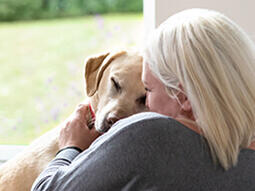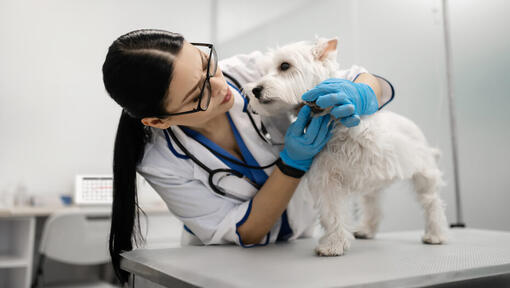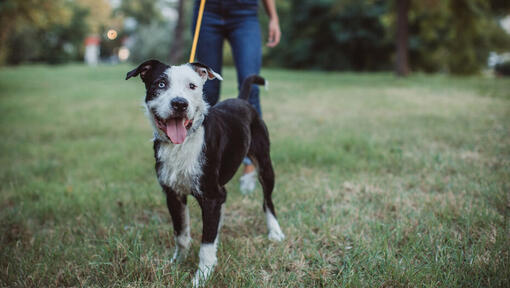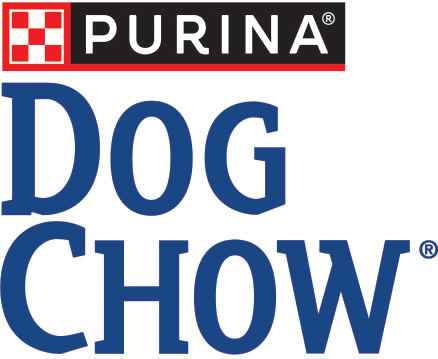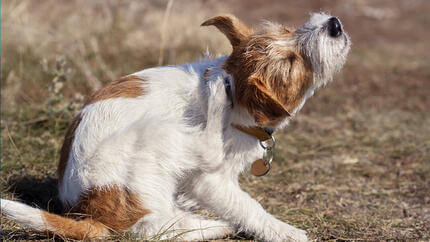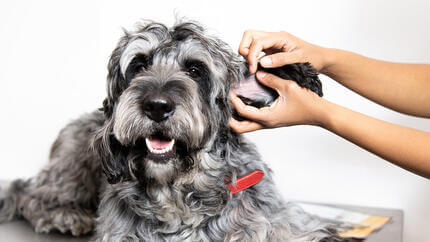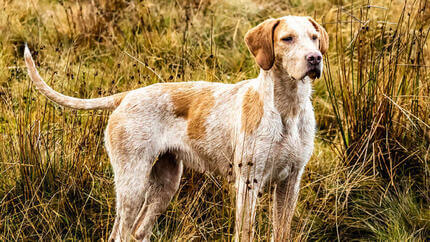
Nobody likes to think of their dog having worms, but there’s nothing unusual about it – in fact, your puppy or dog has probably had them at some point in their lives!
Most puppies are actually born with worms, which are contracted from their mother’s milk, while other dog worms are obtained from fleas or the environment. If you puppy or dog has worms, there’s no need to worry – your vet can help your with treatment. If done speedily, there’s no need for your dog’s health to be compromised at all.
Types of worms in dogs
There are many kinds of worms that your dog could have, but some are more common than others. They tend to have different symptoms, so just look out for anything particularly unusual – especially in your dog’s faeces – in case worms are involved.
- Puppies are infected with roundworms (Toxocara spp and Toxascaris spp) from their mother’s milk.
- This is why it is important to worm expectant and nursing mothers with a safe, veterinary licensed product.
- Dogs can also be infected by eating contaminated rodents or soil.
- Roundworms in dogs can be identified as spaghetti-like shapes in the faeces or, in severe cases, in vomit.
- Dogs can be infected with tapeworms (Taenia spp., Echinococcus spp., Dipylidium spp.) by fleas or infected carcasses (such as rodents, sheep, or rabbits).
- Segments of tapeworm in dogs may be seen in faeces or on your dog’s bottom, and they look like grains of rice.
- These worms in dogs are common in many countries.
- They can be transmitted through the mother’s milk or just the environment.
- This worm (Angiostrongylus vasorum) is a little different; it lives in the dog’s blood vessels and affects their lungs.
- Dogs can pick up this worm by eating slugs and snails.
- This dog worm (Dirofilaria immitis) is seen in many countries and may be a problem if your dog joins you on holiday to an affected region.
- Preventative treatment is important if you are going on holiday together!
- Dogs are infected via mosquitoes.
We’ve put together a list of some of the common types of dog worms, how they can be contracted, and how they can appear.
Symptoms of worms in dogs
It’s not always easy to spot dog worms, so don’t worry if you get it wrong – if you’re unsure about worms in your dog, or you don’t know what kind they are, your vet will happily check your dog over to see if there’s a problem. Regular vet check-ups will give your vet the chance to spot any potential dog health problems and help resolve them before they become serious. In any case, your vet should be consulted before you try to formulate any treatment yourself, just in case there’s a different problem at hand.
So you know what to look out for, signs of dog worms include:
- Dog worms in your pet’s faeces, vomit or on their bottom.
- Weakness and depression.
- Diarrhoea or vomiting.
- Weight loss despite a good appetite.
- An abnormally swollen stomach.
- Severe vomiting, loss of appetite and depression might be a result of a large burden causing a blockage of the intestine (which is usually seen in puppies).
- Coughing and bleeding problems, among various other signs, may suggest Lungworm.
Treatment and prevention of worms in dogs
Your puppy should already be worm-free if they’ve come from a reputable breeder or rescue centre, as they will have been wormed before coming home with you. Keep the paperwork detailing the worming treatment safely, and ask your vet how to continue the programme. If you keep track of your pet’s worming treatment and keep checking for symptoms, their chances of suffering ill health through worms is greatly reduced.
It’s not just puppies that you need to keep an eye on adult dogs need worming too, as they might pick something up on their adventures! Ask your vet to supply a wormer and provide more information on symptoms of worms in dogs. They can also tell you how frequently your dog would benefit from worming, so you can get a routine in place.
Sometimes, if your dog might have worms, your vet will ask for a stool sample. This is so the vet can look at it under a microscope for signs of worm eggs.
If your dog is joining you abroad, certain worming protocols are compulsory, so check before you go! Ask your vet about these protocols well in advance of any travel plans so you know you’re sorted for the trip. Find out more about how to travel with your dog on the plane safely, with our easy-to-follow guide, next.
Dog worms and humans
Sometimes, dog worms can be transmitted to humans, or spread dog-to-dog via faeces. Because of this, it is always a good idea to dispose of stools when your dog goes to the toilet outside. This will help to prevent re-infestation, and will also protect his playmates.
Although it’s tempting for them, try not to let your dog eat slugs and snails. Human infection is uncommon, but always use proper hygiene measures, such as making sure children wash their hands after playing with your pet just to be safe.
All in all, worms in dogs are generally nothing to worry about – as long as you catch them and treat them in good time, your dog will be as happy as ever!
There are a number of other parasites to keep an eye out for, including mites and ticks. For more information about treating ticks and other parasites, check out our easy-to-follow guide.
